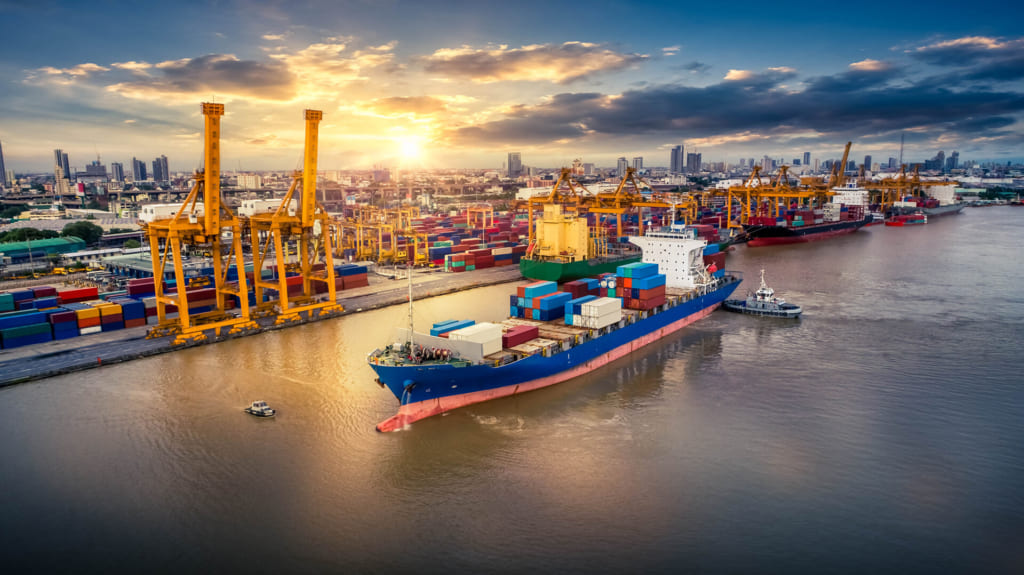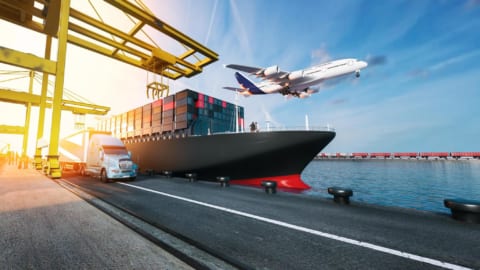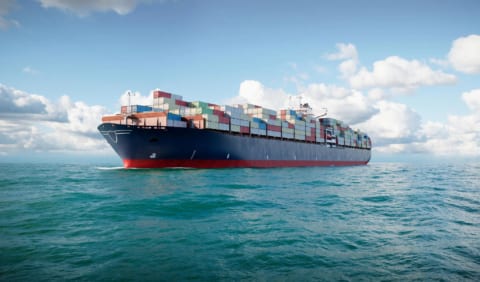LCL is one of the common terms used in shipping under Import & Export trade of international businesses. What is its definition and cost?
What does LCL stand for in shipping terms?
LCL is one of the common terms used in ocean freight standing for “Less than Container Load”. It also means that the shipment doesn’t fill an entire container. In regard to the requirement, final destination and route, delivery via LCL can be more costly compared to FCL. It’s essential to choose an accredited ocean sea forwarder or third-party logistics (3PL) company for a reasonable cost.
How to operate LCL shipment?
Unlike FCL shipment, an LCL container is booked by different shippers. When the volume of cargo is less than the load of a container, an LCL is often more cost effective as the shipping cost of a full load container is shared. Considering the differences between an LCL shipment and FCL shipment depending on CBM (Cubic Meter) cost, LCL may be more costly, however, its total cost is usually cheaper.
What are advantages and disadvantages of an LCL shipment?
LCL shipment is an ideal solution for small-scale business. It can provides the buyers with the following benefits:
- The buyer is free from paying more money for one entire container, he just needs to pay for the space occupied by his cargoes. This solution enables small-scale businesses to take advantage of the lower cost of sea freight regardless of requiring high volume.
- Air freights are charging either by the volume weight or the gross weight, whichever is higher. On the other hand, the LCL sea freight is charging fees per CBM (Cubic Meter) or per 1,000 Kg, whichever is higher. This pricing method of LCL sea freight turns it into a more economical choice for small shipments.
When considering the advantages of LCL shipment, there are several drawbacks of its:
- The sea freight rate of an LCL shipment is per CBM, which is commonly higher than the total rate of an entire container. Thus the buyer is responsible to pay for a part of the entire container’s space only. It is probably that there are circumstances in which LCL shipment may be more costly than simply getting an entire container.
- Though LCL consolidation providers are classifying the parcels put together in one container, there is still a potential risk. It’s probably the container being flagged due to a customs examination. Whereas, in case of FCL shipment, it’s simpler since there are less types of goods in the container.
In several major trade routes, there are many faster vessels available for LCL shipments today. However, sea freight is considered to take more time in delivery compared to air freight. That’s why shipments which are time-sensitive should be carefully planned.

What are the major factors when considering LCL agreement?
Despite LCL shipment has several backdrowns, it still stands as a common shipping solution chosen by the buyers. The reason is that its benefits often outweigh the negative. It’s essential to understand when is the best time to implement an LCL shipment. Here are 5 major factors to consider:
- Product category
- The gross weight
- Volume
- Time
- Trade routes
Below is a checklist that is helpful for planning to decide if an LCL agreement is right for your business. When one or more of the criterion below do not match your needs, then LCL might not be the best option.
- The delivery time can take about 5 to 7 weeks (depending on the trade route). It’s essential to check with your freight provider for a possibility of a faster plan.
- The gross weight of the total parcels is more than 150 Kilogram.
- The volume of the total parcels is between 1 to 18 CBM.
- The available shipping route is direct or does not require significant transfers.
- If the parcels fall under the list of restricted airfreight items, LCL shipment might be one of the only available solutions.
How about the cost for an LCL shipment?
An average cargo vessel can contain about 3,000 containers, which is equivalent to about 200,000 CBM worth of cargo. That’s why the buyers need to charge for a minimum in terms of an LCL agreement.
The regulations used to calculate the cost of an LCL shipment is based on the volume or the space occupied. The volume or space is often at a minimum of 1 CBM. If the total volume of the load is less than the minimum, the charges will be determined as 1 CBM. In this case, you will still be obligated to pay the cost for the minimal required volume.
Freight providers have some typical terms on some of their line item charges. However, what is charged is usually an international standard. With LCL shipment, there are other fees involved apart from some common ones. They are the fees charged for services such as chassis fee. It’s also shared by different consignees within the same container. Warehousing charges is another added fee in LCL shipments. The reason is that the container needs to be transferred to a warehouse to get categorized depending on the consignments. This kind of fee is usually attached with specific handling fees.
The total cost per CBM for sea freight can fall between 25 & 140 US dollars, depending upon the trade route. The rates for LCL freight usually change monthly. Thus it’s essential to check the validity quoted rates with your freight provider before arranging the delivery.










